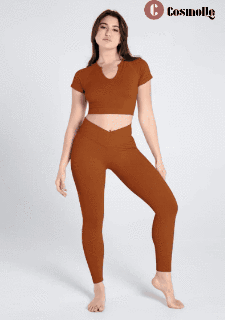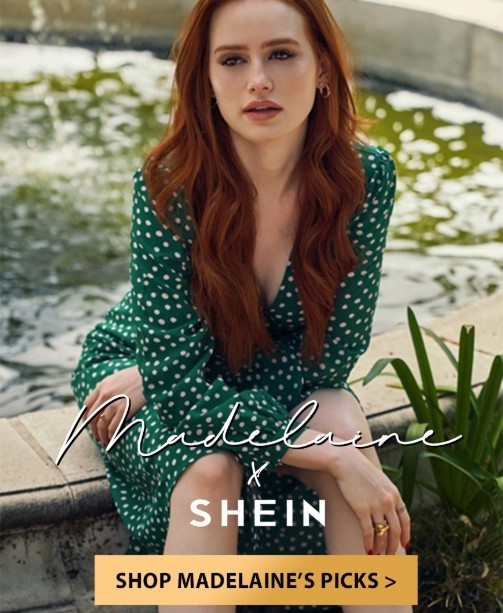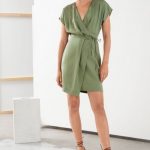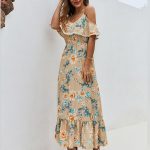In Paul Thomas Anderson’s latest movie Ghost Line, Daniel Day Lewis plays a fashion designer named Reynolds Woodcock. He is the most popular tailor in post-war London, wearing a movie star, royal aristocrats and wealthy class.
But he was hit by a young waitress named Alma, who soon became his fashion muse and romantic companion.
Halloween Costumes Outlet are an integral part of any movie, but in the 1950s Haute Couture, clothing is everything. The person responsible for designing most of Woodcock’s house is Mark Bridges.
He is a veteran of the industry and has worked in eight Anderson films including “There Will Be Blood” and “Inherent Deputies.” Bridges recently spoke with John Horn, host of The Frame.
Interview highlights:
How he and Paul Thomas Anderson started their creative process:
Often, I see the script as soon as I see it, just to get some feedback or see how it works. I have several versions of “There will be blood” or “inherent vice”. [“Phantom Line”] did not change too much by several different versions. After about a year and a half, we sat in Paul’s office for the first time. I looked at all the pictures he was looking at, the things that caught him, and started his mind. He gave me a biography reading (fashion designer Cristobal) Valencia. So you can leave to think and do your own research. We review every few months, and then we put together a book we think is the main fashion show or customer movie. Then we brought the incident to Daniel six months before the filming.
The significance of London fashion in the 1950s:
The country has just come out of their last (wartime) ration, and I think it was a year ago so luxury came back. There were different types of designers in London at the time. There are Norman Hartner, Hardy Amis, John Kavanagh, Michael Shelard, and Digg Morton. So we looked at all of them and saw what they were doing. How they dress up their clients for the event. We want to know where Renault is in that scenario.
About fictional Reynolds Cork is really a talented designer:
I think he has a subjective opinion of pork ribs. At that time, there were a lot of people in the fashion industry in London, and we are not very familiar with it now, but at that time they were very popular. They had a client base and a follower, and best represented the British fame. I think [Woodcock] belongs to this category. He’s not as groundbreaking as Balenciaga or Dior, but he has a socially engaging style. It worked fine, he had a kind of artistic temperament – a charming man – at the time a place in this world.
The details of how he decides what will define a Woodcock-style house:
Once we were all in London, I and Paul met with Daniel, what was the hallmark of the House of the Woodcock. We all agree that it will be rich in color, rich in fabric, lots of wool from the UK, the British Isles, colorful, interesting wool, and heavy lace, so these parameters are set early and then a lot of design decisions come from there.
In looking for periodic clothing and scratch challenges:
I’ve got into it and think we’ll do the movie the way we usually do – using real clothes. I searched for the most interesting example of a period, but we found that things were not so good. This is more than 60 years of heavy silk itself or moth edible wool. There are many real-life clothes, the shape is not good enough, can not be used to come out of the studio clothes story. So we did a lot more than I thought. Of course I am very happy, I am very happy.
Use real seamstress in the movie:
The seamstress we teach is part of us in the movie. We met some women volunteers and assistants in the Victorian and Albert [Archives] archives when we went through some dresses. Paul began talking to them, and when they were young, one of them was working in Hardy Amies. The other worked in several different boutiques and then continued teaching. About fifteen minutes later, Paul said: “You will be in my movie.” They eventually became Nana and Beatty. They are invaluable, and as long as we guide us to a suitable agreement, who will do it. You can see their stitching technique. They do not use long threads. You can always tell others when it is an amateur because they have a huge long thread. They just keep watching all these beautiful details.
In the best part of his job:
This is really a magical moment, which is why I did it. It continues to attract my interest because of the moment in the fitting room where the character is coming. Someone will wear a pair of shoes or a jacket and start walking differently. Or based so that they stand different. We are the fishermen’s daughters in this movie [Vicky Krieps’chartacter]. I tried to make my accessories according to the sequence of character arcs in the script. She adapted a little magically to everything I brought to the table. She became very elegant when she started wearing high heels. It’s fantastic to work with her.




























